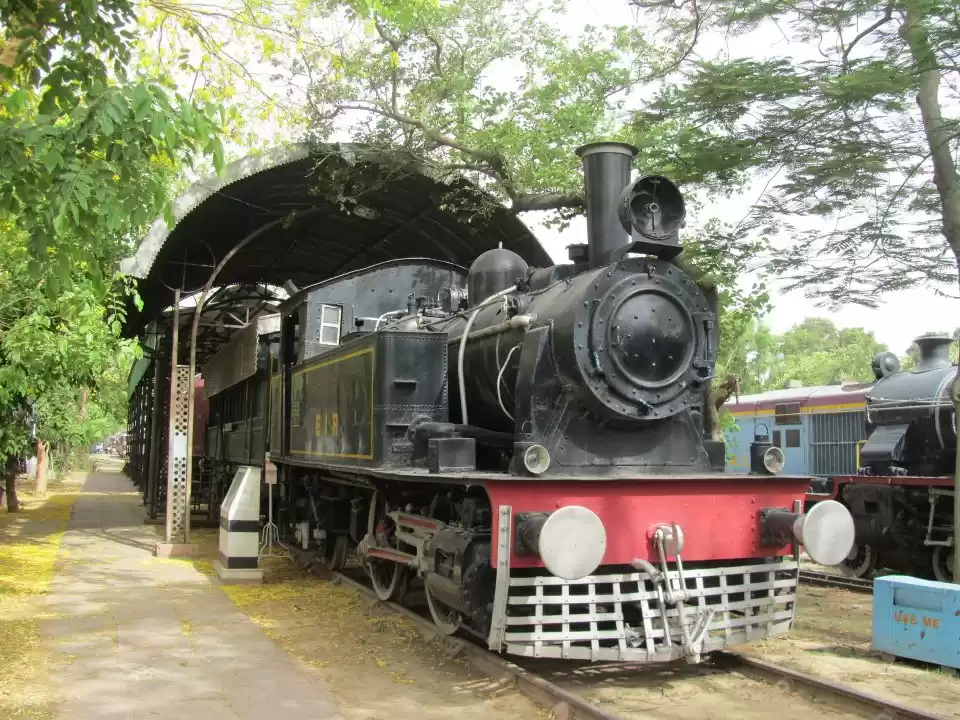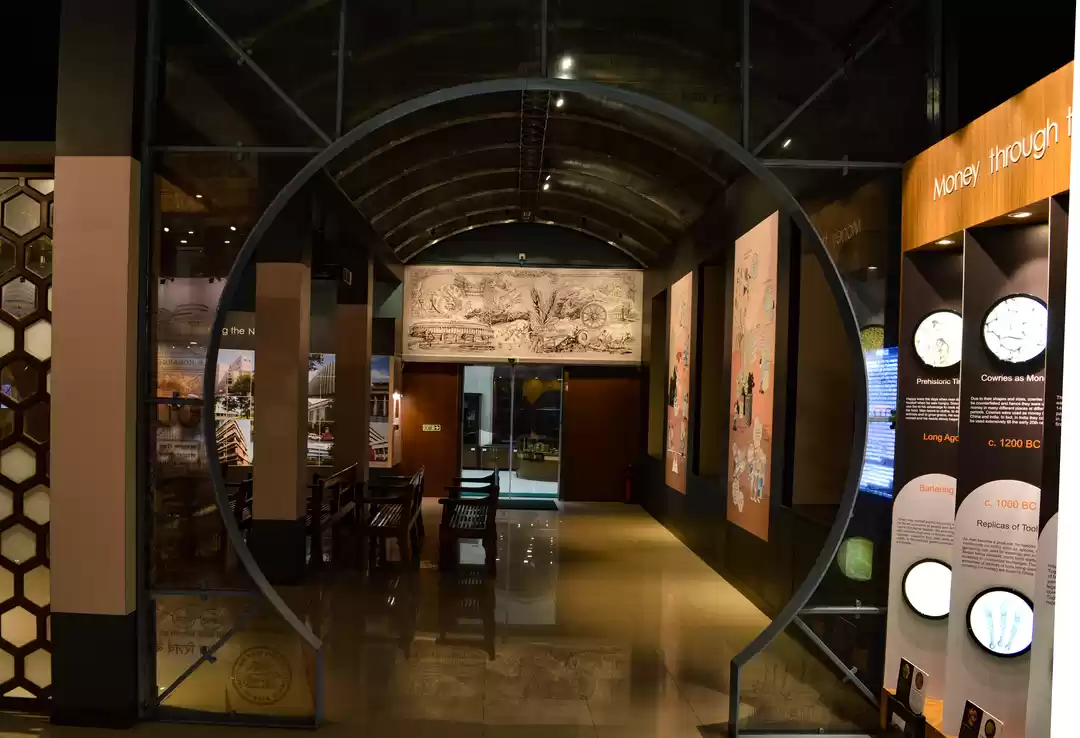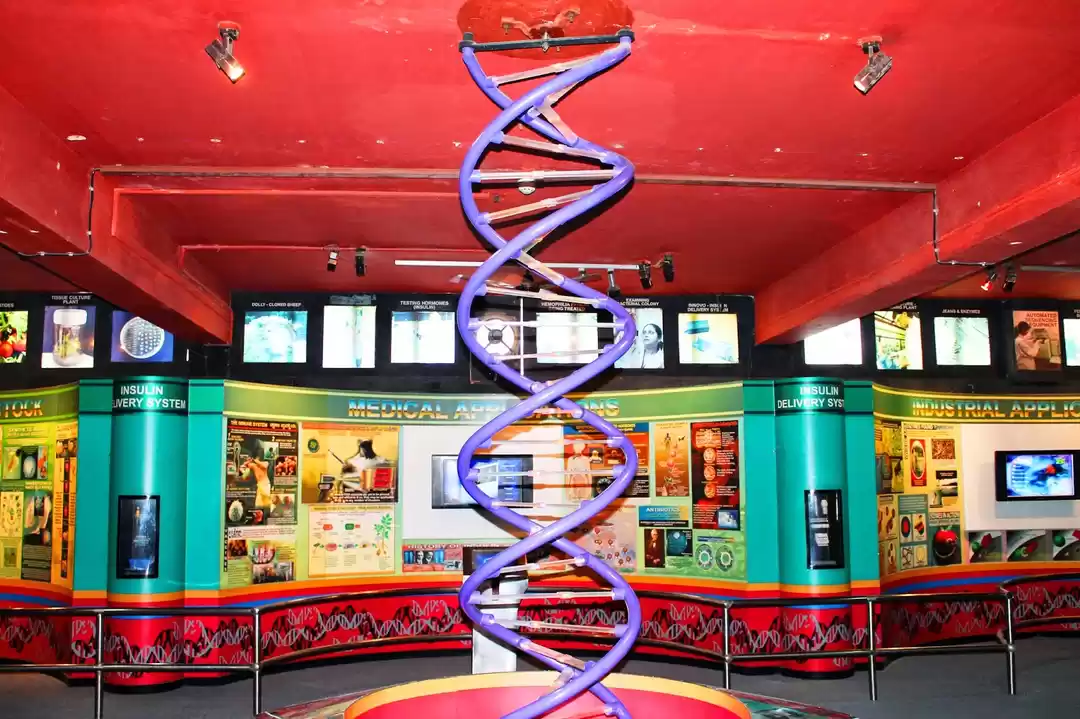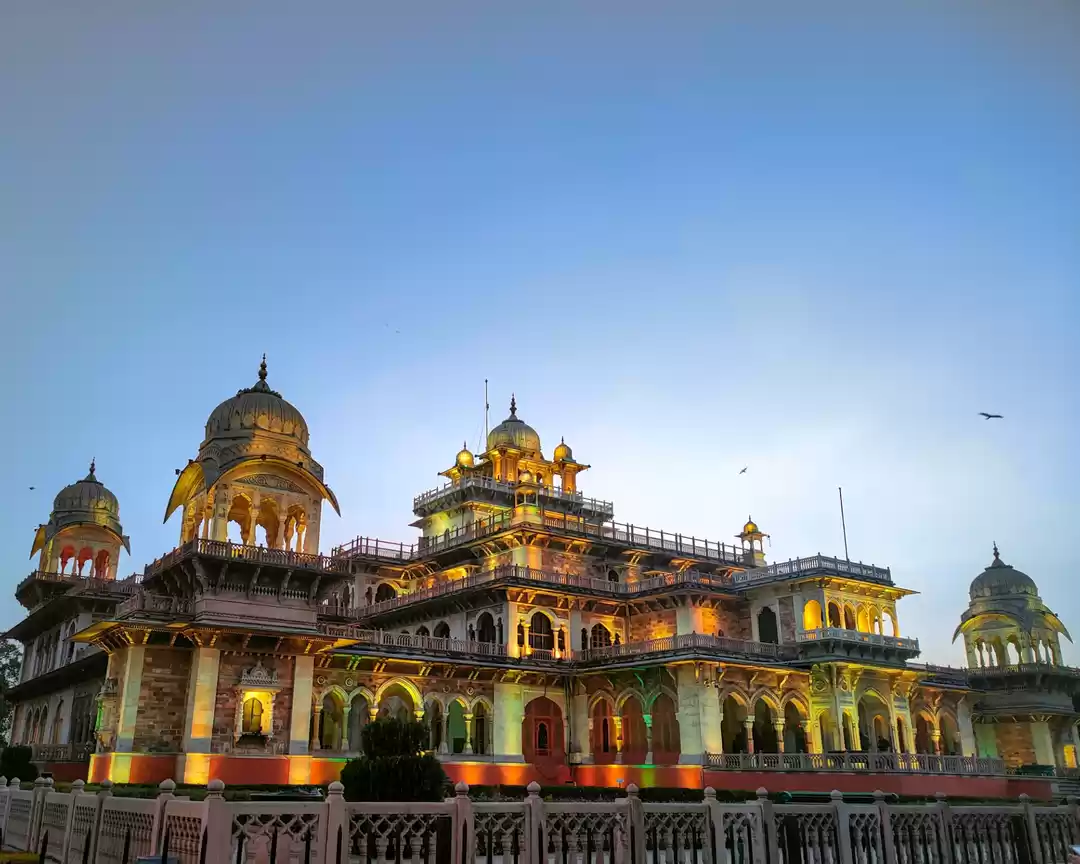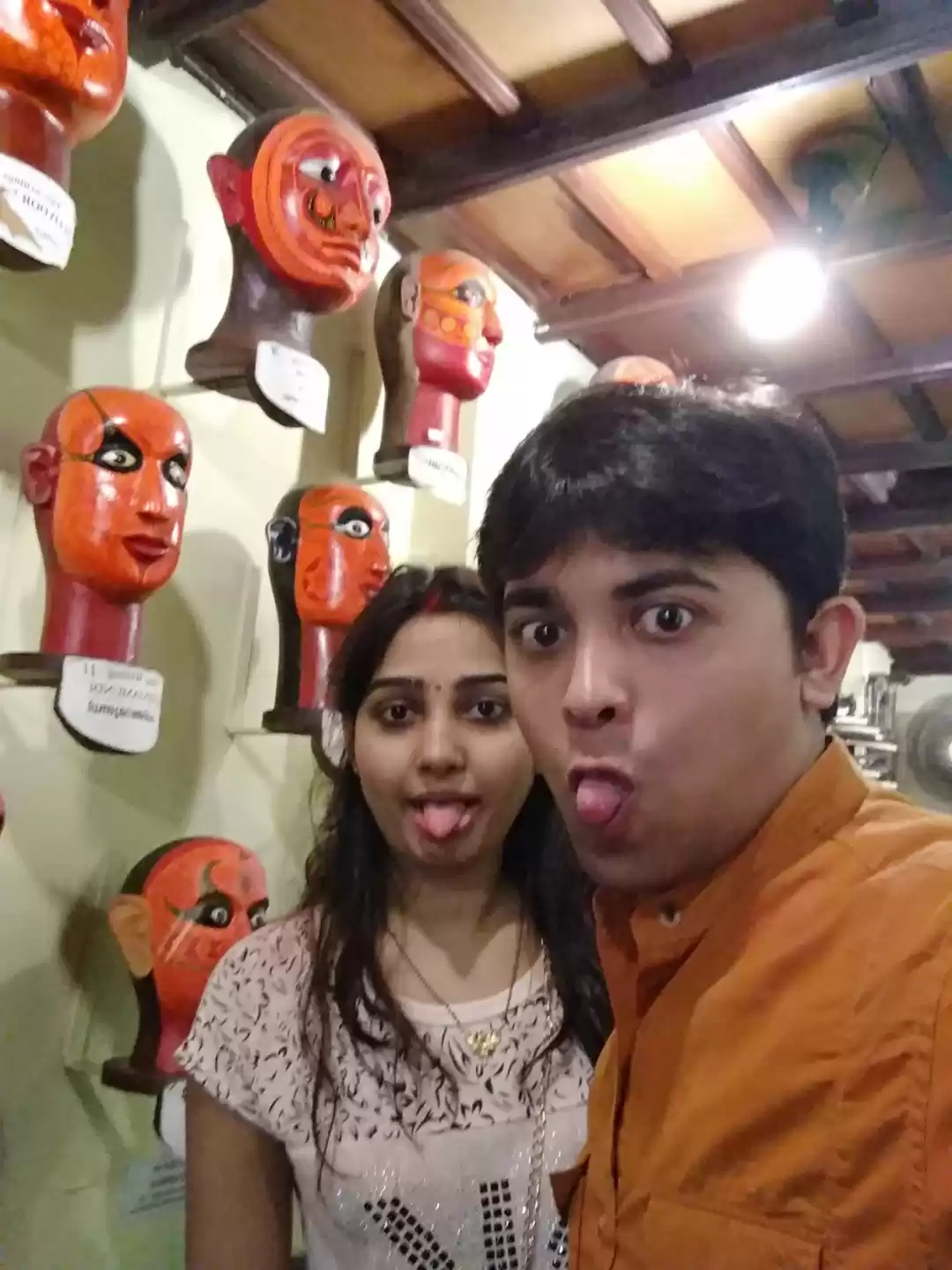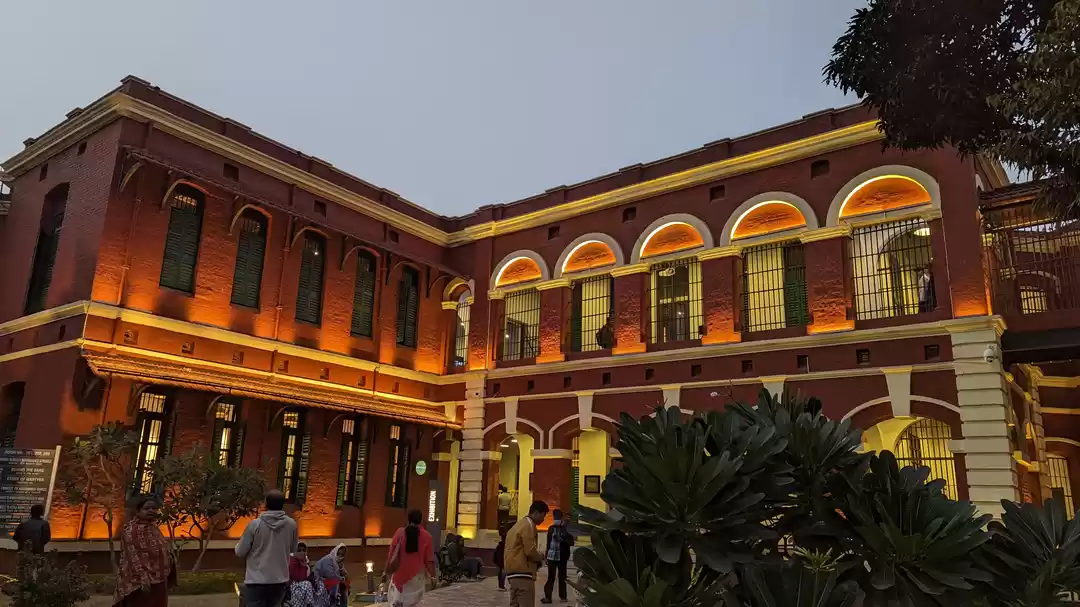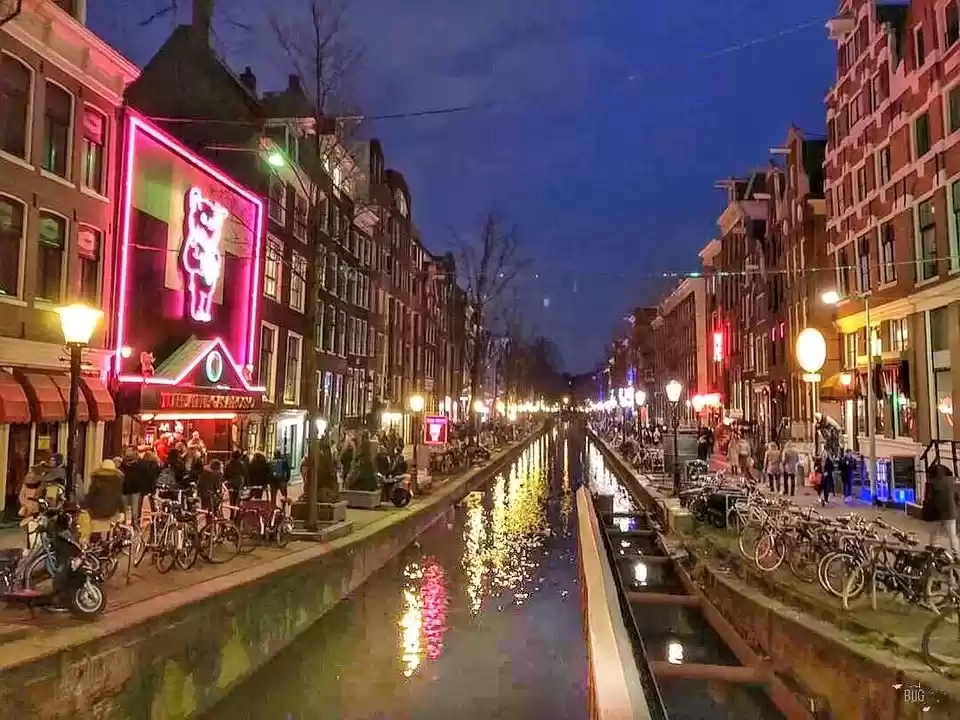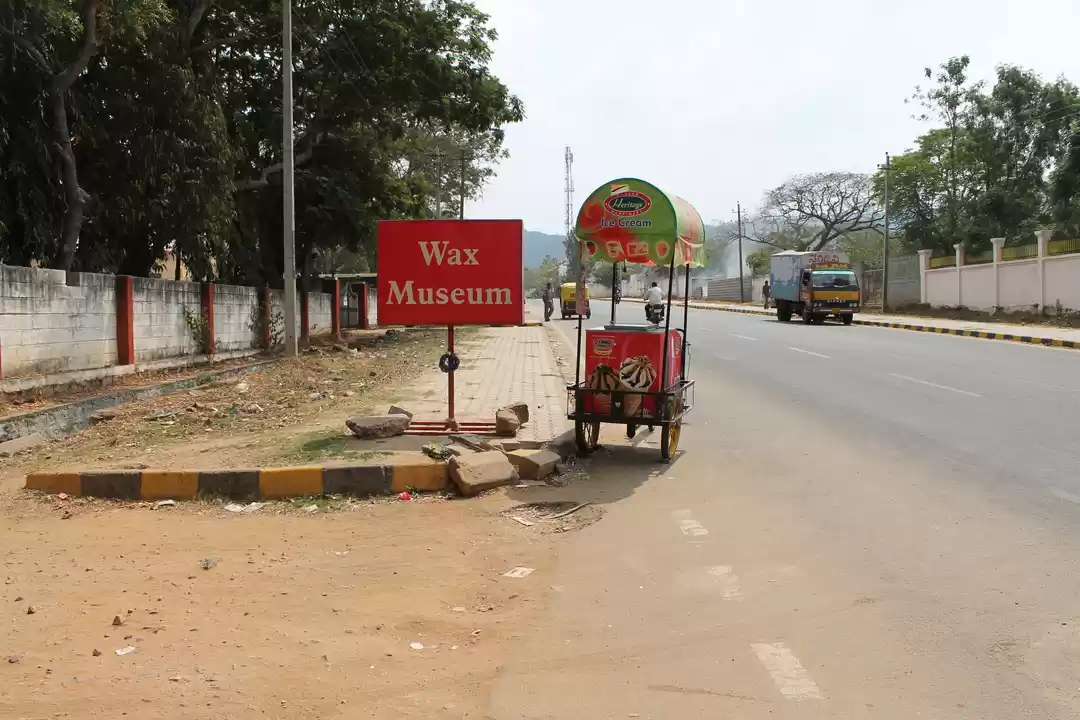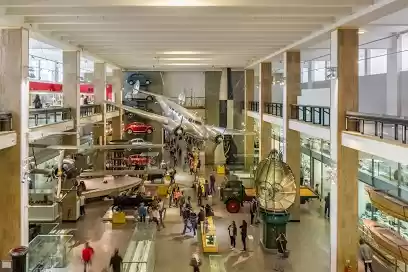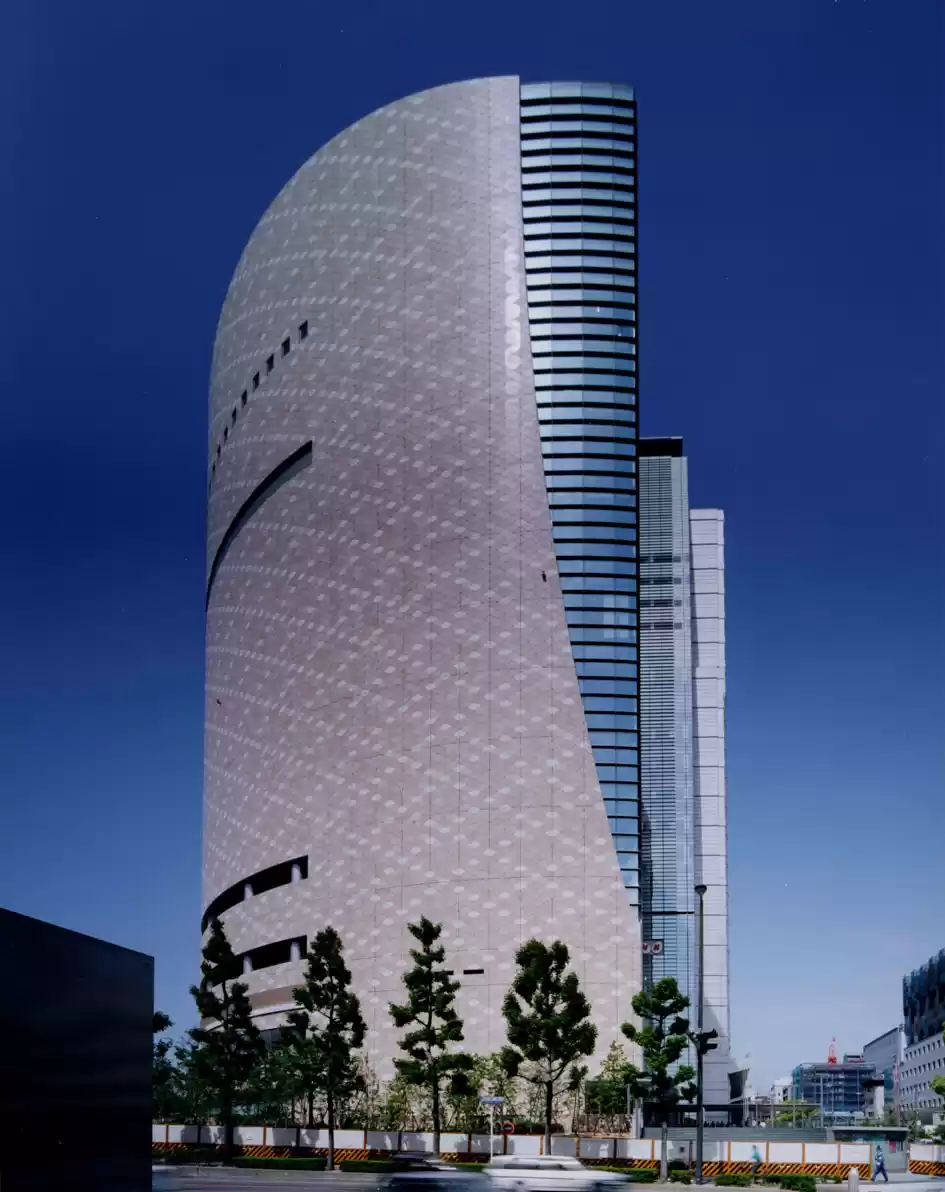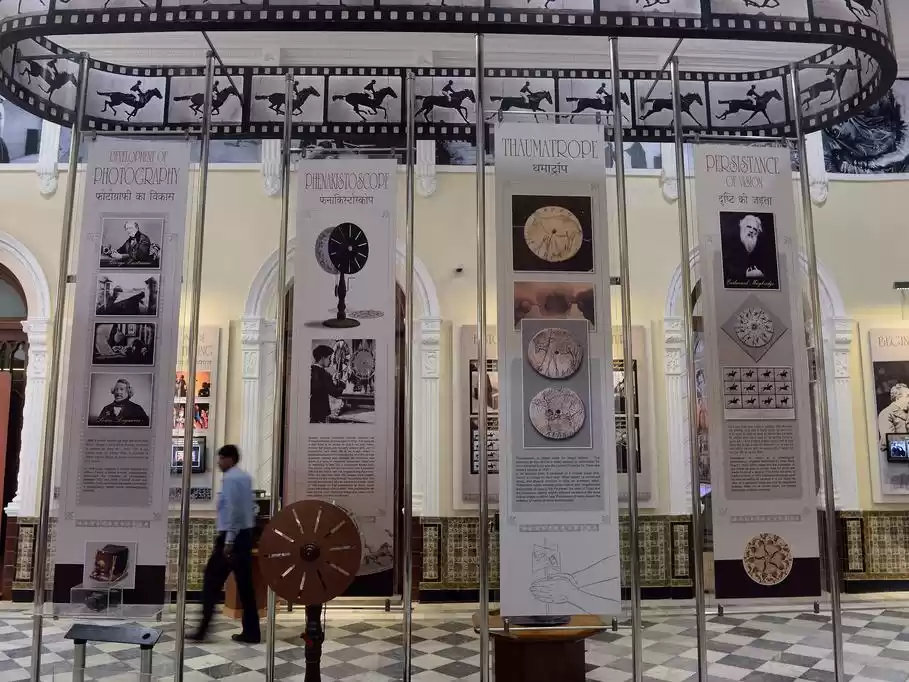Did you know that Jakarta, the capital and largest city of Indonesia, has a history that spans over 1,500 years? From the ancient Hindu-Buddhist kingdoms to the colonial era to the modern metropolis, Jakarta has witnessed many changes and transformations throughout the centuries. And there is no better place to explore this rich and diverse history than the Museum Sejarah Jakarta, also known as the Jakarta History Museum.
The Museum Sejarah Jakarta is the largest and oldest museum in Kota Tua Jakarta, the historical center of the city. It is located in the south side of Fatahillah Square, near other cultural attractions such as the Wayang Museum and the Fine Art and Ceramic Museum. The museum occupies a magnificent building that was once the city hall of Batavia, the former name of Jakarta during the Dutch colonization period. The museum displays more than 23,500 artifacts that reflect the history and culture of Jakarta from the prehistory period to the Indonesian Independence in 1945.
In this article, you will learn everything you need to know about the Museum Sejarah Jakarta, including its history, building, collections, and tips for visiting. You will also discover why this museum is a must-see destination for anyone who wants to learn more about Jakarta and appreciate its heritage. Whether you are a history buff, a culture lover, or a curious traveler, you will find something to enjoy and admire at the Museum Sejarah Jakarta.
History of the Museum:
The Museum Sejarah Jakarta has a long and interesting history that mirrors the history of Jakarta itself. The museum was established in 1974, but the building that houses it dates back to the 17th century. Here are some of the key events and milestones that shaped the museum’s history:
The building was originally constructed in 1627 as the Stadhuis (city hall) of Batavia, the administrative headquarters of the Dutch East India Company (VOC) in Asia. The building was designed by J.P. Coen, the founder and governor-general of Batavia, and was modeled after the Dam Palace in Amsterdam. The building was renovated and expanded several times, resulting in the present structure that was finalized in 1710.
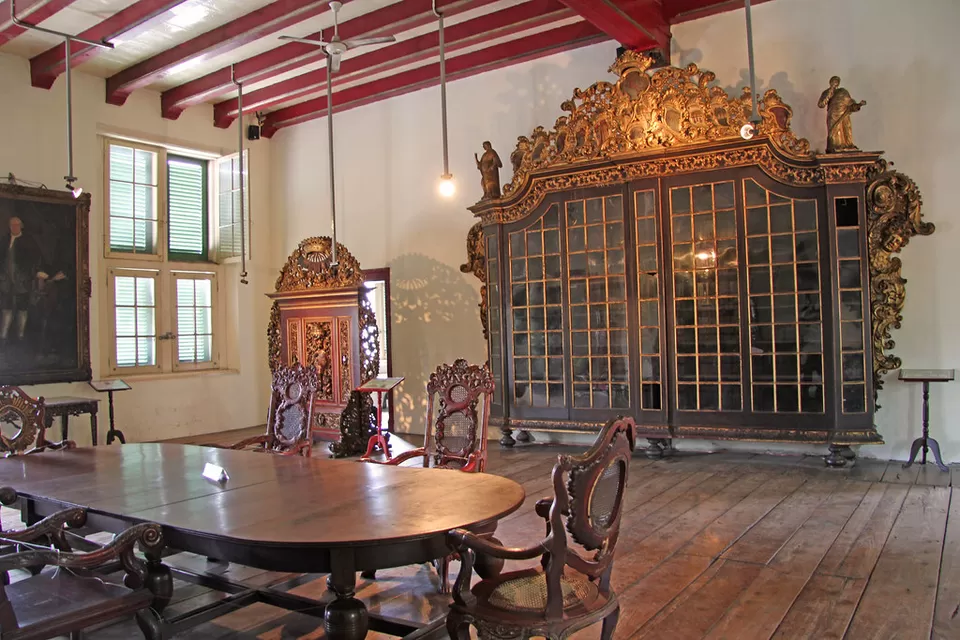
The building served as the city hall of Batavia until 1913, when the Dutch colonial government moved to a new building in Weltevreden (now Menteng). The building then became the office of the city’s mayor and council until 1942, when the Japanese occupation began. The building was used as the headquarters of the Japanese military police until 1945, when Indonesia declared its independence from the Dutch.
After the independence, the building was used as the office of the governor of West Java until 1961, when Jakarta became a separate province. The building then became the headquarters of the military district command (KODIM) of West Jakarta until 1970, when the Fatahillah Square was declared a cultural heritage site by the government. The building was restored and converted into the Jakarta History Museum in 1974, with the official opening ceremony held on March 30, 1976.
The museum has undergone several renovations and improvements since then, such as adding new exhibition rooms, upgrading the facilities, and expanding the collections. The museum also hosts various events and activities, such as cultural festivals, art exhibitions, and educational programs, to promote the awareness and appreciation of Jakarta’s history and culture among the public.
History of the Building:
The Museum Sejarah Jakarta building is not only a museum, but also a historical monument that showcases the architecture and design of the colonial era. The building is one of the oldest and most impressive buildings in Jakarta, and has been recognized as a national cultural property by the government. The building has 27 rooms with different functions and decorations, such as the courtroom, the prison, the treasury, the wedding chamber, and the governor’s office. The building also has a pond, a watchtower, and a portico. Here are some of the features and attractions of the building that you should not miss:
The main entrance of the building is located on the north side, facing the Fatahillah Square. The entrance is decorated with a coat of arms of the VOC and a Latin inscription that reads “Justitiae Pax”, meaning “Peace and Justice”. The entrance leads to a spacious hall with a marble floor and a wooden ceiling. The hall is used as a reception area and a ticket counter for the museum visitors.
The courtroom is located on the west wing of the building, and is one of the most important and historic rooms in the building. The courtroom was where the Dutch colonial authorities held trials and sentenced criminals, including many Indonesian freedom fighters and heroes. The courtroom has a wooden bench for the judges, a wooden chair for the accused, and a wooden table for the clerks. The courtroom also has a painting of J.P. Coen, the founder of Batavia, and a painting of the Batavia Castle, the former residence of the governor-general.
The prison is located on the east wing of the building, and is one of the most notorious and haunted places in the building. The prison was where the Dutch colonial authorities detained and tortured prisoners, many of whom died or were executed there. The prison has several cells with iron bars, chains, and shackles. The prison also has a dungeon, a gallows, and a guillotine. The prison is said to be haunted by the spirits of the prisoners, and some visitors have reported hearing strange noises and feeling cold spots in the prison.
The treasury is located on the south wing of the building, and is one of the most valuable and secure rooms in the building. The treasury was where the Dutch colonial authorities stored and managed their wealth, such as gold, silver, coins, and jewels. The treasury has a thick iron door with a combination lock, and a vault with a steel door and a time lock. The treasury also has a display of various currencies and coins from different countries and periods, such as the VOC duit, the Japanese occupation rupiah, and the Indonesian independence rupiah.
The wedding chamber is located on the second floor of the building, and is one of the most beautiful and romantic rooms in the building. The wedding chamber was where the Dutch colonial authorities held weddings and receptions for their officials and guests. The wedding chamber has a wooden canopy bed with a silk canopy and curtains, a wooden dressing table with a mirror and a lamp, and a wooden wardrobe with a chest and a trunk. The wedding chamber also has a painting of a wedding scene, and a display of wedding dresses and accessories from different cultures and periods, such as the Chinese cheongsam, the Indian sari, and the Indonesian kebaya.
The governor’s office is located on the second floor of the building, and is one of the most prestigious and elegant rooms in the building. The governor’s office was where the Dutch colonial authorities conducted their administrative and diplomatic affairs, and received their distinguished visitors and guests. The governor’s office has a wooden desk with a chair and a lamp, a wooden sofa with cushions and a table, and a wooden bookcase with books and maps. The governor’s office also has a painting of the governor-general, and a display of various medals and awards from different countries and periods, such as the Order of the Netherlands Lion, the Order of the British Empire, and the Order of the Star of Indonesia.
Collections of the Museum:
The Museum Sejarah Jakarta has a vast and varied collection of artifacts that reflect the history and culture of Jakarta from the prehistory period to the Indonesian Independence in 1945. The museum has more than 23,500 objects, ranging from stone inscriptions, ceramics, earthenware, paintings, furniture, weapons, maps, coins, and documents. The museum’s collection is divided into several themes, periods, and types, such as the Stone Age, the Tarumanagara Kingdom, the Sunda Kingdom, the Dutch Colonization, the Japanese Occupation, and the Indonesian Independence. Here are some of the highlights of the museum’s collection that you should not miss:
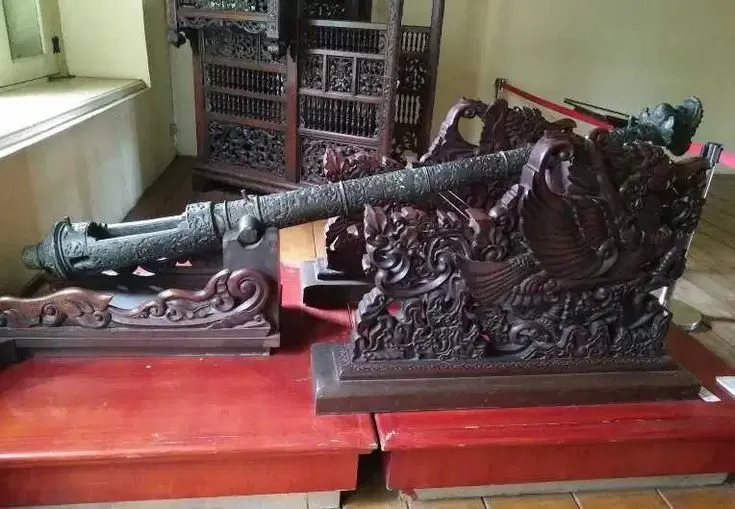
The Stone Age:
The museum has a collection of stone tools and ornaments from the Paleolithic, Mesolithic, and Neolithic periods, such as axes, arrowheads, beads, and bracelets. These objects show the early human activities and settlements in the Jakarta region, as well as their interactions with nature and other cultures. The museum also has a replica of a prehistoric cave with paintings and carvings that depict the life and beliefs of the ancient people.
The Tarumanagara Kingdom:
The museum has a collection of stone inscriptions and statues from the Tarumanagara Kingdom, one of the earliest Hindu-Buddhist kingdoms in Indonesia that ruled from the 4th to the 7th century CE. These objects show the influence of Indian culture and religion on the Jakarta region, as well as the development of writing and art. The museum also has a replica of a Tarumanagara temple with a lingam and a yoni, symbols of Shiva and his consort.
The Sunda Kingdom:
The museum has a collection of ceramics, earthenware, coins, and documents from the Sunda Kingdom, a Hindu-Buddhist kingdom that ruled from the 7th to the 16th century CE. These objects show the trade and commerce of the Jakarta region with other countries, such as China, India, and Arabia, as well as the local culture and society. The museum also has a replica of a Sunda port with a ship and a dock, where merchants and travelers exchanged goods and ideas.
The Dutch Colonization:
The museum has a collection of paintings, furniture, weapons, maps, and documents from the Dutch Colonization period, which lasted from the 16th to the 19th century CE. These objects show the impact of the Dutch East India Company (VOC) and the Dutch colonial government on the Jakarta region, such as the exploitation, oppression, resistance, and adaptation of the local people. The museum also has a replica of a VOC office with a desk, a chair, and a ledger, where the Dutch officials managed their business and affairs.
The Japanese Occupation:
The museum has a collection of posters, flags, uniforms, and documents from the Japanese Occupation period, which lasted from 1942 to 1945. These objects show the effects of the Japanese military rule on the Jakarta region, such as the propaganda, censorship, mobilization, and suffering of the local people. The museum also has a replica of a Japanese bunker with a radio, a telephone, and a gun, where the Japanese soldiers communicated and defended their positions.
The Indonesian Independence:
The museum has a collection of photos, newspapers, medals, and documents from the Indonesian Independence period, which started from 1945. These objects show the struggle and achievement of the Jakarta region in the fight for freedom and sovereignty from the Dutch and the Japanese, as well as the formation and development of the Republic of Indonesia. The museum also has a replica of the Proclamation of Independence with a microphone, a table, and a flag, where Sukarno and Hatta declared the birth of a new nation.
Tips for Visiting the Museum
1. The Museum Sejarah Jakarta is a recreational destination where you can also increase your knowledge and appreciation of Jakarta’s history and culture. If you are planning to visit the museum, here are some practical information and tips that you should know:
2. The museum is open from Tuesday to Sunday, from 8:00 AM to 5:00 PM. The museum is closed on Mondays and national holidays. The entrance fee is IDR 5,000 for adults and IDR 3,000 for children and students. You can also rent an audio guide for IDR 10,000 or join a guided tour for IDR 15,000 per person.
3. The museum is located at Jalan Taman Fatahillah No. 1, Pinangsia, Tamansari, West Jakarta. The museum is easily accessible by public transportation, such as TransJakarta bus, commuter line train, or bike. You can also take a taxi, an online ride-hailing service, or a bajaj (a three-wheeled motorized vehicle) to the museum. The nearest parking area is at the Kota Tua Terminal, about 500 meters from the museum.
4. The museum has various facilities and amenities for the visitors, such as restrooms, lockers, souvenir shops, cafeterias, and prayer rooms. The museum also has a library, a research center, and a conservation laboratory for the scholars and researchers. The museum is wheelchair-friendly and has ramps and elevators for the disabled visitors.
5. The museum is surrounded by other cultural attractions and landmarks in Kota Tua Jakarta, such as the Wayang Museum, the Fine Art and Ceramic Museum, the Bank Indonesia Museum, the Bank Mandiri Museum, the Puppet Museum, the Maritime Museum, and the Sunda Kelapa Harbor. You can also enjoy the street performances, the art markets, the food stalls, and the bicycle rentals in the Fatahillah Square. You can spend a whole day or more exploring the historical and cultural treasures of Kota Tua Jakarta.
The Museum Sejarah Jakarta is the best place to learn the history and culture of Jakarta and appreciate its heritage. The museum offers a unique and memorable experience for the visitors, who can see, hear, touch, and feel the past and present of Jakarta through its amazing collections and exhibitions. The museum is also a gateway to the other attractions and activities in Kota Tua Jakarta, the historical center of the city. Whether you are a local or a foreigner, a young or an old, a solo or a group traveler, you will find something to enjoy and admire at the Museum Sejarah Jakarta.
If you are interested in visiting the Museum Sejarah Jakarta, you can book your ticket online or contact the museum for more information. You can also check out the museum’s website and social media accounts for the latest news and updates. You can also share your experience and feedback with the museum and other travelers by leaving a comment or a review on the museum’s page or Tripoto’s platform.
Thank you for reading this article and learning more about the Museum Sejarah Jakarta. We hope that this article has inspired you to visit this amazing museum and discover the fascinating history and culture of Jakarta.
Have a wonderful and unforgettable trip to the Museum Sejarah Jakarta!

